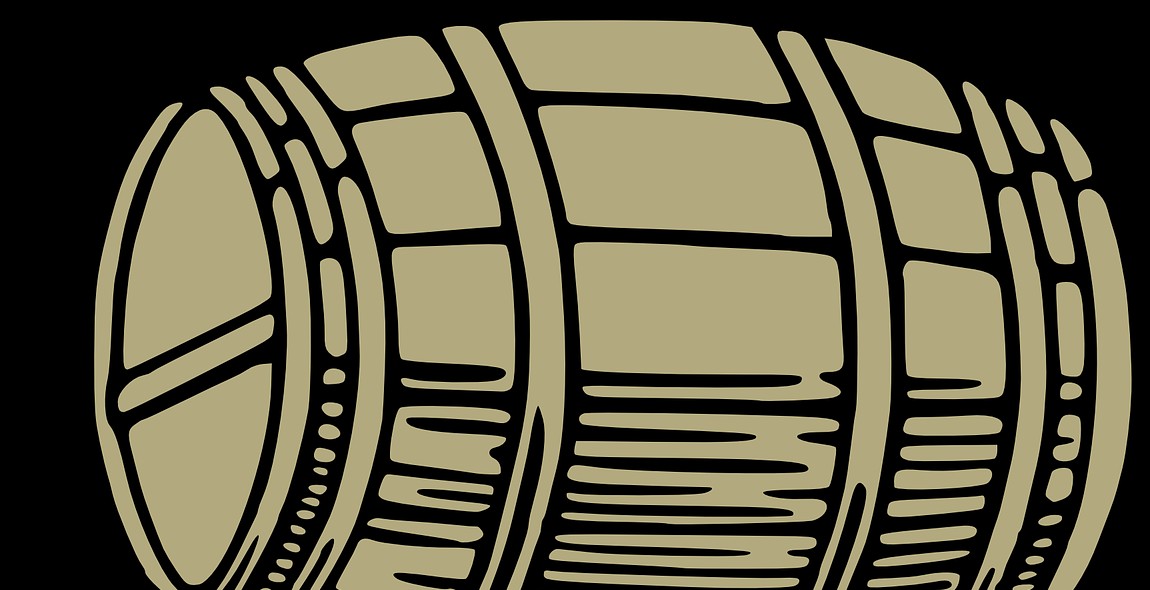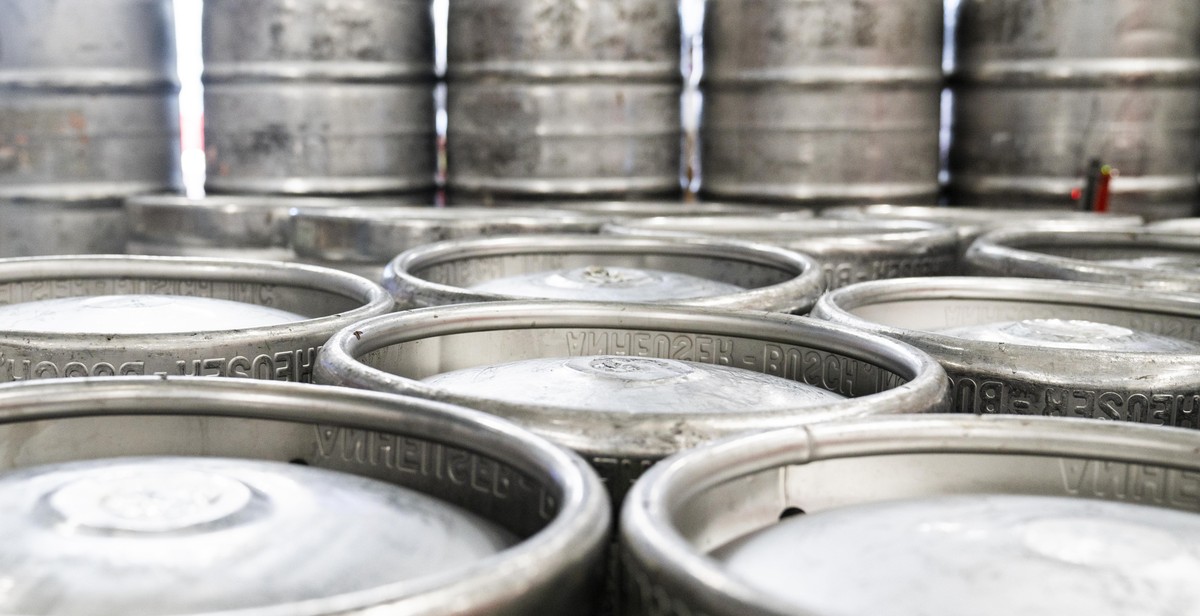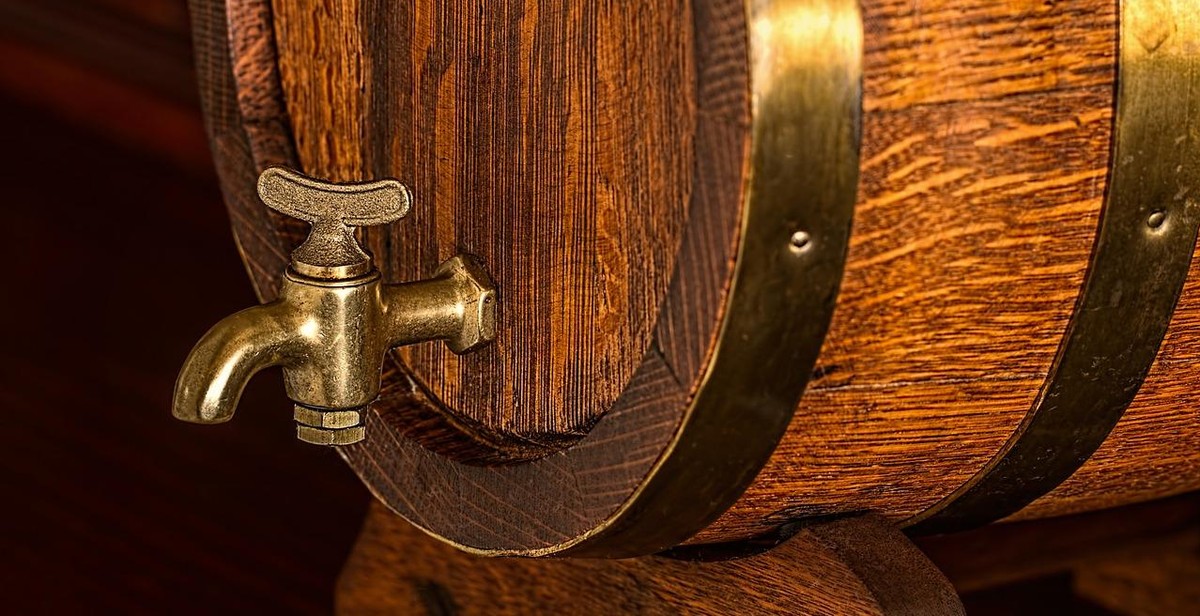How to Store and Age Beer: Best Practices for Cellaring and Aging Different Beer Styles
As a beer lover and enthusiast, I have always been fascinated by the process of cellaring and aging beer. The idea of being able to improve and enhance the flavors of beer over time is truly exciting. However, it is important to note that not all beer styles are suitable for aging, and improper storage can ruin even the best of beers.
Understanding Beer Aging
Beer aging is the process of storing beer for an extended period of time, allowing the flavors to develop and mature. The process is similar to wine aging, but it requires different conditions and techniques. Properly aged beer can have a smoother taste, more complex flavors, and a more refined aroma. However, not all beers are suitable for aging.
Choosing the Right Beer for Aging
When it comes to aging beer, not all styles are created equal. Strong, dark beers such as stouts, porters, and barleywines are great candidates for aging, as they have a higher alcohol content and more complex flavors that can benefit from aging. Lighter beers such as lagers and wheat beers are generally not recommended for aging, as they have a simpler flavor profile that does not develop well over time.
Proper Storage Techniques
Proper storage techniques are crucial for aging beer. Beer should be stored in a cool, dark place with a consistent temperature and low humidity. Ideally, beer should be stored at a temperature between 50-55°F. Exposure to light and heat can cause beer to spoil, so it is important to keep beer away from sunlight and other sources of heat.
By following these best practices for cellaring and aging different beer styles, you can ensure that your beer is properly stored and aged to perfection.

Why Store and Age Beer?
Beer is a complex beverage that can undergo significant changes in flavor and aroma over time. Storing and aging beer can help to enhance its flavor and create unique tasting experiences. Here are a few reasons why you might want to consider storing and aging your beer:
Flavor Development
As beer ages, it can undergo a process called “mellowing.” This is where the flavors and aromas in the beer become more balanced and harmonious. For example, a beer that is initially very bitter may become smoother and more rounded with age. Similarly, a beer that is very sweet may become drier and more complex as it ages.
Storing beer in a cool, dark place can also help to prevent it from developing off-flavors. Exposure to light and heat can cause beer to become “skunky” or sour, which can ruin the taste.
Collecting and Trading
Many beer enthusiasts enjoy collecting and trading rare or vintage beers. Storing beer properly is essential for preserving its flavor and value over time. Some beers can even increase in value over time, making them a valuable investment for collectors.
When trading beer with other enthusiasts, it’s important to ensure that the beer has been stored properly. A well-aged beer can be a great gift or trade item, but a poorly stored beer can be a disappointment.
Summary
Storing and aging beer can be a rewarding experience that allows you to explore the full range of flavors and aromas in your favorite beers. Whether you’re a collector, a trader, or simply looking to enhance your beer drinking experience, proper storage and aging can help you achieve your goals.

Choosing the Right Beer to Age
When it comes to aging beer, not all beers are created equal. Some beers are better suited for aging than others, and it’s important to choose the right beer if you want to achieve the best results.
High Alcohol Content
One of the most important factors to consider when choosing a beer to age is its alcohol content. Beers with high alcohol content, typically 8% ABV or higher, tend to age well. This is because the alcohol acts as a preservative, helping to prevent the beer from oxidizing and spoiling over time. Additionally, high alcohol beers tend to have more complex flavors and aromas that can develop and mellow with age.
Strong Flavors
Another important consideration is the strength of the beer’s flavors. Strong, bold flavors tend to hold up better over time than lighter, more delicate flavors. Beers with strong flavors like roasted malts, dark fruits, and hop bitterness are good candidates for aging, as these flavors can become more complex and refined with age.
Bottle Conditioning
Bottle conditioning is a process where yeast is added to the beer before bottling, allowing it to continue fermenting and carbonating in the bottle. Beers that are bottle conditioned tend to age better than those that are not. This is because the yeast in the bottle can help scavenge oxygen and other compounds that can cause the beer to spoil over time. Additionally, the yeast can help to develop more complex flavors and aromas as it continues to work in the bottle.
| Beer Style | Alcohol Content | Flavor Profile | Bottle Conditioning |
|---|---|---|---|
| Imperial Stout | 8% – 12% | Roasted malts, dark chocolate, coffee, dark fruit | Yes |
| Barleywine | 10% – 15% | Caramel, toffee, dark fruit, hop bitterness | Yes |
| Lambic | 5% – 7% | Funky, sour, fruity | Yes |
| Belgian Dubbel | 6% – 8% | Dark fruit, caramel, toffee, spicy yeast | Yes |

Best Practices for Cellaring Beer
Cellaring beer is a great way to enhance its flavor and complexity. By storing beer at the right temperature and in the right conditions, you can create a unique drinking experience. Here are some best practices to follow when cellaring beer:
Temperature and Light Control
Temperature is the most important factor when it comes to cellaring beer. The ideal temperature range for cellaring beer is between 50°F and 55°F (10°C and 13°C). This temperature range allows the beer to age gracefully without spoiling. Avoid storing beer in places that are too warm or too cold, as extreme temperatures can cause the beer to spoil or go bad.
Light can also have a negative effect on beer. UV rays can cause beer to become light-struck or skunky. To prevent this, store beer in a dark place, such as a cellar or closet. If you must store beer in a room with windows, use dark curtains or blinds to block out the light.
Proper Storage Containers
The container you use to store beer is also important. Beer should be stored in a container that is airtight and won’t let in any light. Glass bottles are a good choice, as they are airtight and don’t let in any light. However, make sure the bottles are clean and free from any contaminants, as these can spoil the beer.
Another option is to use a keg or steel container. These can be airtight and won’t let in any light. However, they can be more difficult to store and transport.
Laying Bottles on Their Side
If you’re storing beer in bottles, it’s best to lay them on their side. This keeps the cork or cap moist and prevents it from drying out. If the cork or cap dries out, it can let in air, which can spoil the beer. Laying the bottles on their side also keeps the yeast in suspension, which can help with aging and flavor development.
Following these best practices for cellaring beer can help you create a unique drinking experience. By controlling the temperature and light, using proper storage containers, and laying bottles on their side, you can enhance the flavor and complexity of your favorite beers.
Tips for Aging Beer
Aging beer can be a rewarding experience, but it requires patience and careful attention to detail. Here are some tips to help you get the most out of your aging process:
Determining Aging Time
The aging time for beer varies depending on the style of beer and the individual preferences of the drinker. Some beers are suitable for aging for several years, while others are best consumed fresh. Here are some general guidelines:
- High-alcohol beers, such as barleywines and imperial stouts, can be aged for several years.
- Sour beers can be aged for several years, but their flavor profile will change over time.
- IPA’s and other hop-forward beers are generally best consumed fresh. The hop aroma and flavor will fade over time.
Tasting and Sampling
It’s important to sample your beer periodically to track its aging process. This will help you determine when it has reached its peak flavor and aroma. Here are some tips for tasting and sampling:
- Use a clean glass to pour your beer into.
- Allow the beer to warm up slightly before tasting. This will enhance its aroma and flavor.
- Take note of the aroma, flavor, and mouthfeel of the beer. Has it changed since the last time you tasted it?
- Compare the aged beer with a fresh version of the same beer to see how the aging process has affected its flavor and aroma.
Knowing When to Drink
Once your beer has reached its peak flavor and aroma, it’s time to enjoy it! Here are some signs that your beer is ready to drink:
- The aroma and flavor are balanced and complex.
- The mouthfeel is smooth and creamy.
- The beer has reached its peak aging potential and is not likely to improve with further aging.
Remember, aging beer is an art form that requires patience and attention to detail. With these tips, you can ensure that your aged beer will be a delicious and rewarding experience.

Conclusion
Storing and aging beer is a great way to enhance the flavors and aromas of different beer styles. By following the best practices for cellaring and aging, you can ensure that your beer will taste its best when you’re ready to enjoy it.
Key Takeaways
- Store beer in a cool, dark place away from light and heat.
- Keep beer bottles upright to prevent oxidation.
- Age beer at a consistent temperature for optimal results.
- Choose the right beer styles for aging, such as stouts, barleywines, and sour beers.
- Be patient and let the beer age for the recommended time before trying it.
Expert Tips
If you’re new to cellaring and aging beer, it’s always a good idea to start with a few bottles and experiment with different aging times and temperatures. Keep track of your results in a beer journal or spreadsheet so you can compare and contrast different aging methods.
Final Thoughts
Storing and aging beer is a fun and rewarding hobby that can enhance your appreciation of different beer styles. By following the best practices and expert tips outlined in this article, you can ensure that your beer will taste its best when you’re ready to enjoy it.
 |
About the Author: John Smith is a beer connoisseur and homebrewer who has been storing and aging beer for over 10 years. He is the founder of the popular beer blog, BeerGeek.com, and has written extensively on the topic of beer storage and aging. |
